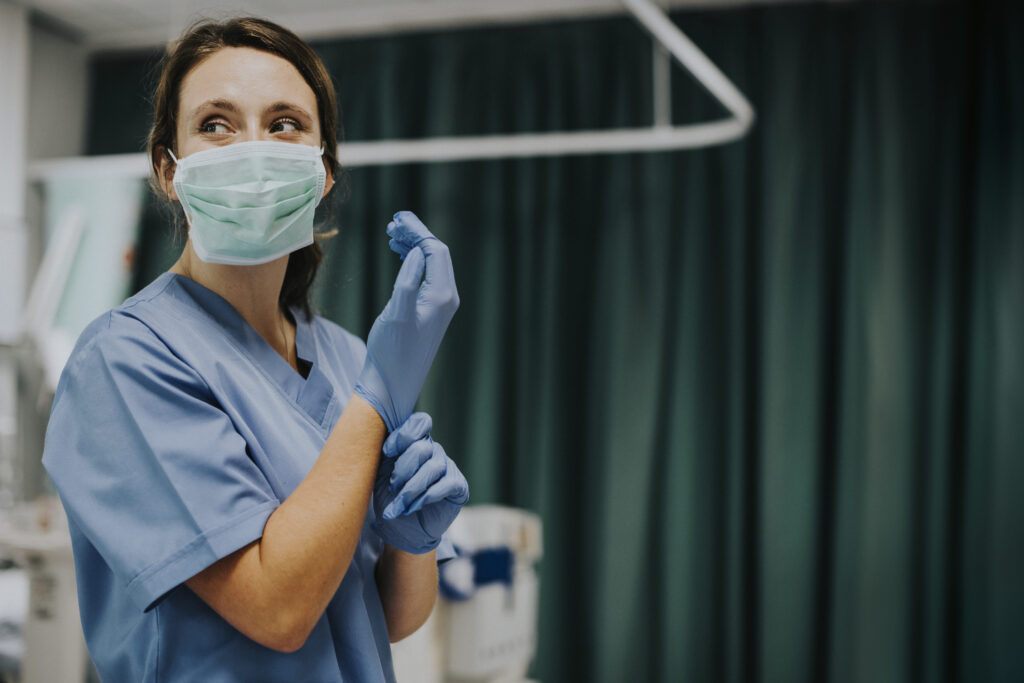
BY THE AMD TEAM
Published on Sept 7, 2023 I 4-MIN READ
Summary: This blog post introduces readers to the foundational concepts of ergonomics in the practice of kaizen philosophy, instilling an appreciation for its historical significance and relevance in today’s medical landscape. It’s designed to pique curiosity and set the stage for deeper explorations in subsequent posts.
In the dynamic world of medicine, with its ever-evolving techniques, treatments, and technologies, there stands a fundamental yet often underappreciated discipline: ergonomics and kaizen. This blog post embarks on a journey, tracing the roots of ergonomics and its profound significance in the realms of perioperative medicine, anesthesia, and ICU.
Ergonomics, at its essence, transcends mere scientific terminology. It delves deep into the intricacies of human behavior, capabilities, and limitations. This discipline embodies the synergy of design, understanding, and optimization, aiming to align systems and designs seamlessly with human nature. When such harmony is achieved, it enhances performance and diminishes the risk of harm. Nowhere is this alignment more critical than in the medical realm, where the trifecta of precision, efficiency, and safety holds paramount importance.
Think of ergonomics as a bridge, linking human needs with design solutions. It’s not just about creating tools and systems; it’s about ensuring those tools fit seamlessly into the hands that wield them and the tasks they undertake. Every time a professional ponders over ways to prevent an accidental medication mix-up, they’re tapping into ergonomic principles. It’s that inherent desire to design a foolproof system that minimizes human error and promotes safety.
Beyond mere design enhancements, ergonomics champions a holistic approach to the workplace. Whether it’s ensuring that everyone in a hybrid operating room can clearly view displays or evaluating equipment’s user-error potential before a purchase, ergonomics is at play. The discipline is deeply rooted in fostering environments that not only work for the users but also elevate their overall experience.
While the terms may vary—ergonomics, human factors, human engineering, usability engineering—the core mission remains consistent: to magnify safety, elevate performance, and enrich well-being by fine-tuning the bond between individuals and their workspaces. It’s a testament to a world where design acknowledges and respects human nuances, ensuring that systems work for us, not the other way around.
The term “ergonomics” might seem relatively modern, but its principles have ancient origins. Historical records depict early civilizations, such as the Greeks and Egyptians, leveraging ergonomic principles in their tools, workspaces, and even military equipment and tactics. However, the formal term “ergonomics” — derived from the Greek words “ergon” (work) and “nomos” (laws) — only began to take shape in the 19th century.
In the early 20th century, as medical science advanced at an unprecedented rate, the connection between ergonomics and medicine became evident. Medical professionals began recognizing the crucial role of ergonomically designed instruments and environments in improving patient outcomes and caregiver safety.
In the realm of anesthesia, with its complex array of equipment, and procedures, particularly benefited from these ergonomic insights. Years ago, delivering the wrong mix of gases during anesthesia was a big problem. Many times, it was because someone made a simple mistake. Maybe a doctor adjusted the wrong knob or didn’t notice the oxygen tank was empty. Sometimes, a technician might set up the machine incorrectly. These mistakes could be very serious, even fatal. Enhancements in equipment design reduced the risk of these catastrophic errors, while ergonomically designed operating rooms facilitated smoother workflows, ultimately leading to better patient care and hospital performance.
Today, things are better. Newer anesthesia machines make these mistakes less likely. Why? Because they’re designed with the user in mind, making it easier to avoid errors. This idea, of designing equipment to fit the user, is what ergonomics is all about. Now let’s explore how ergonomics makes anesthesia more productive, and safer adopting newer devices aligned with the kaizen philosophy.
Here are learning pearls on why it is essential to know the history of problems and challenges of one’s profession to succeed in the progress of innovation. In essence, a deep knowledge of failures and solutions provides the experience needed to shape its future effectively.
Fostering a Sense of Belonging: Understanding the history and evolution of one’s profession nurtures a sense of pride and belonging. This connection to the profession’s roots can boost morale and drive commitment
Today, as we stand at the forefront of medical innovation, the role of ergonomics in the practice of kaizen remains as vital as ever. It’s not just about comfort—it’s about maximizing potential, ensuring safety, and delivering unparalleled care. At AMD, we champion our worldwide colleagues, driven by our empathetic understanding of their needs and challenges. We’re here not only to narrate a rich history of ergonomics but to actively shape its future in the practice of perioperative medicine.
Stay with us on this ErgoMed Odyssey as we delve deeper into the fascinating world of medical ergonomics, unearthing insights, challenges, and breakthroughs that have the power to transform your daily medical practice.
© 2022-2032 ANGEL MEDICAL LLC